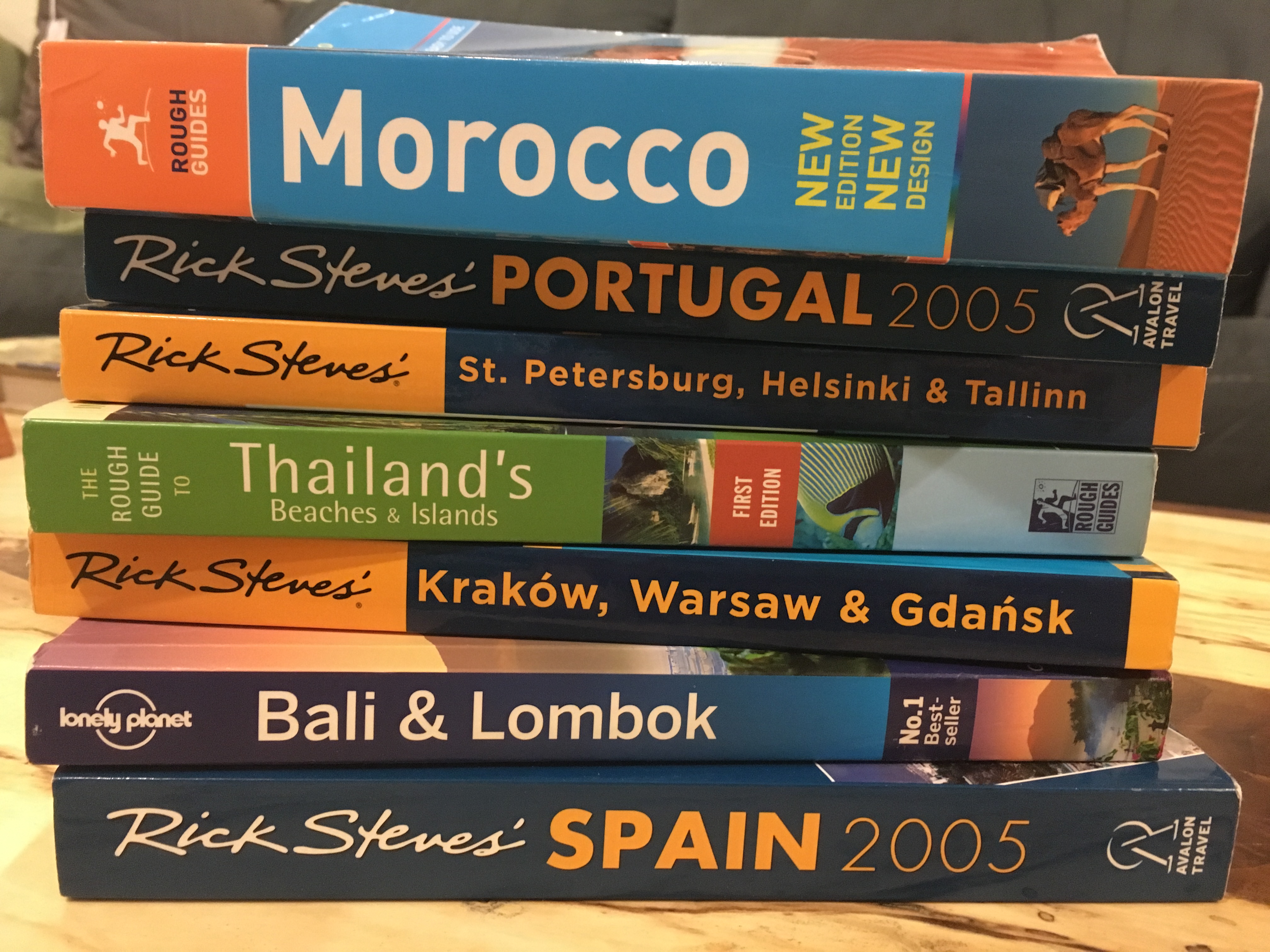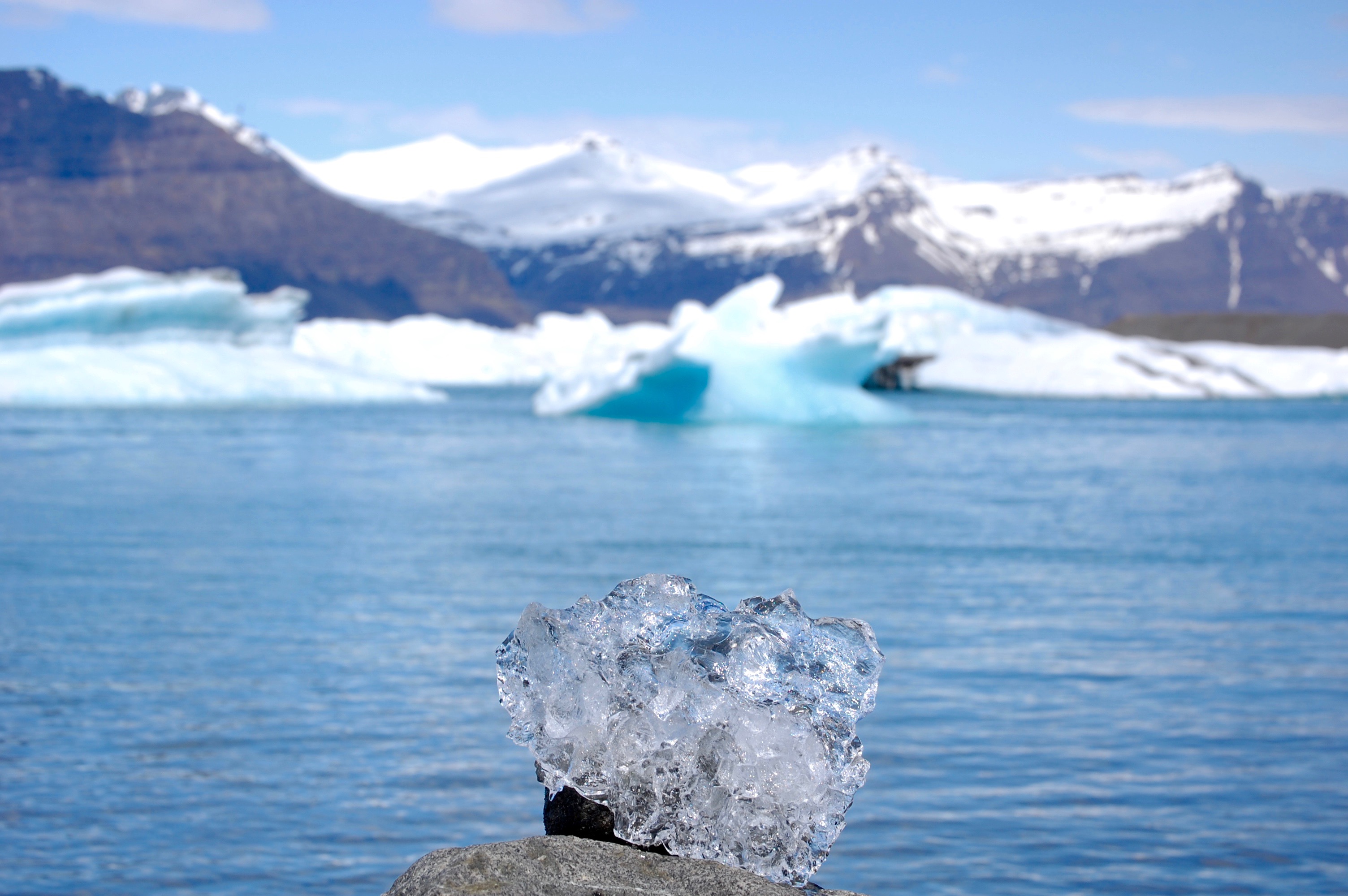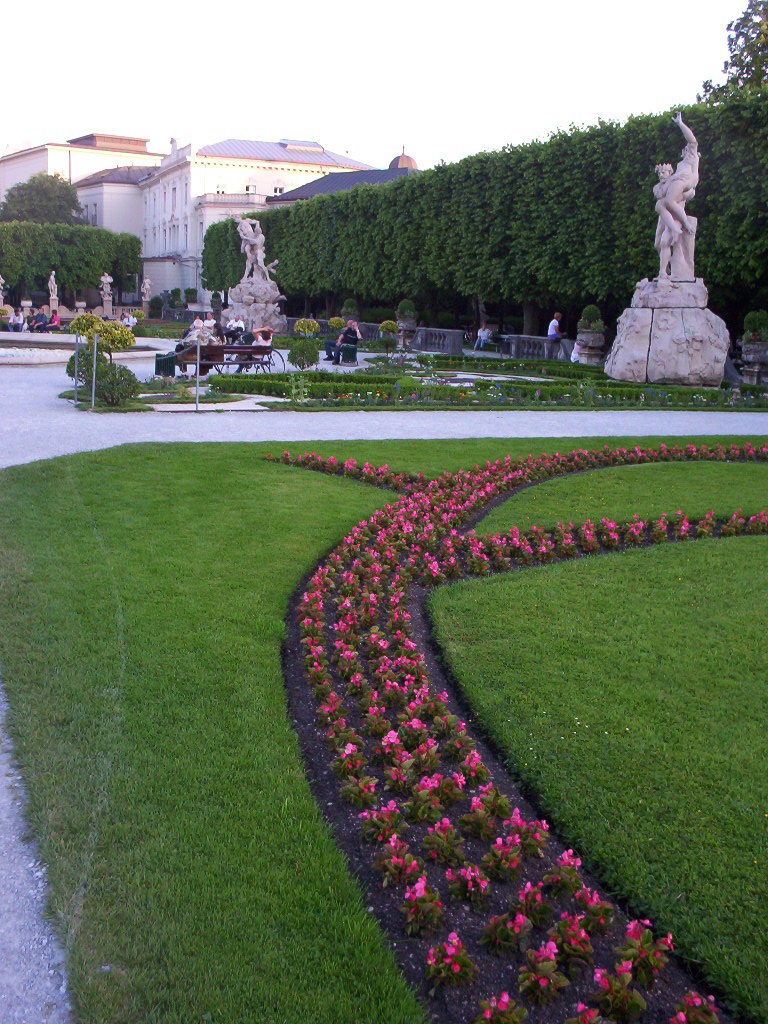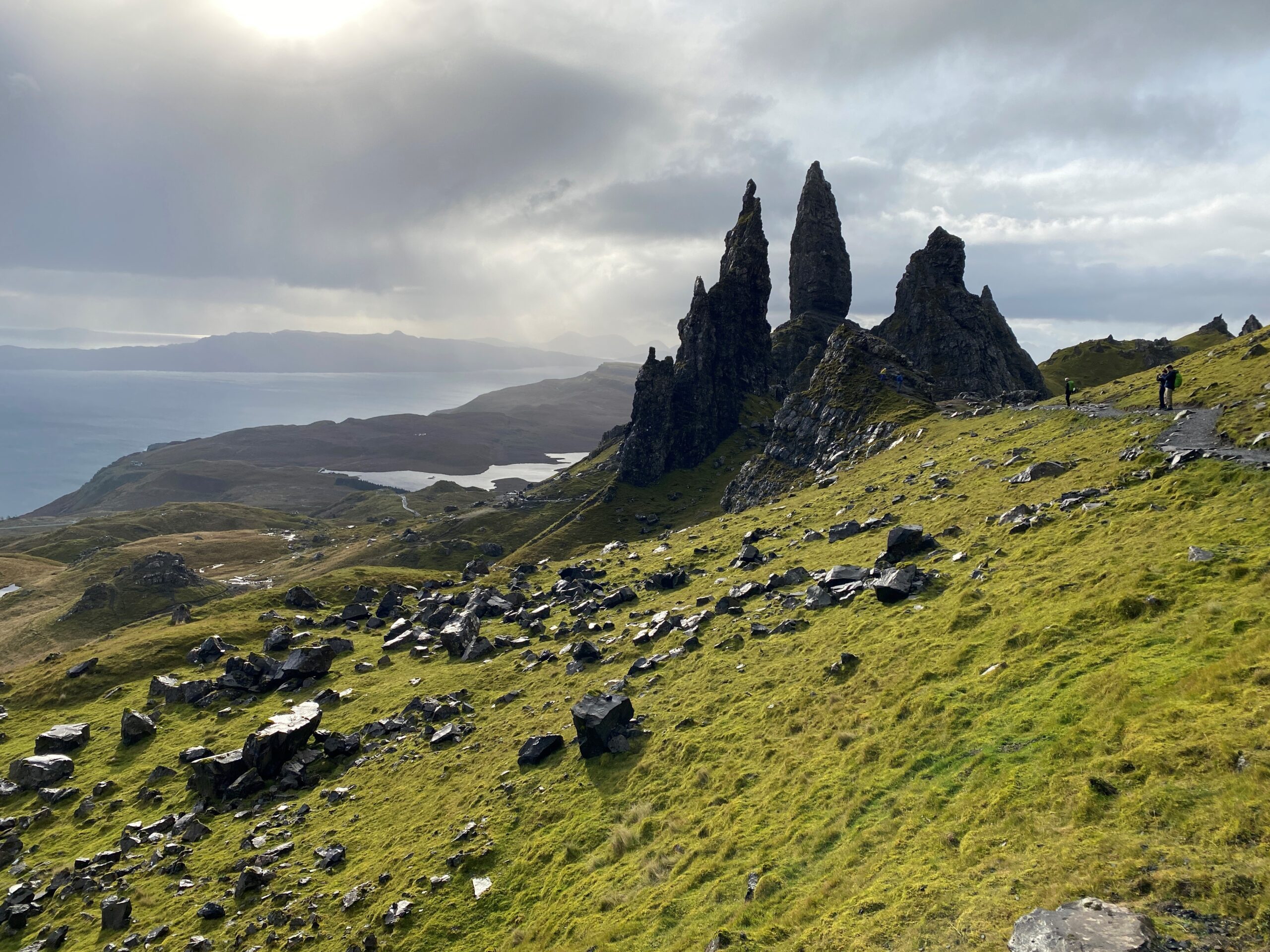Jane
-

Top 10 Tips for First-Timers Travelers
.
My coworker’s husband has just left on his first international trip to London. And other than a couple of trips to Mexico, this is his first international voyage. His wife has not done a lot of traveling herself so she…
-
High quality H-2-O
.
A few years ago in a Quito hotel, I forgot that I wasn’t supposed to drink the water in Ecuador and swallowed down a swig after brushing my teeth. In that moment, as I contemplated contracting giardia, typhoid fever and…
-

North Dakota Via Train
.
One year ago today, I rolled through North Dakota. It was very exciting. Now normally, a trip to North Dakota is not necessarily worthy of any sort of celebration (no offense to the 750,000 people who live there). But this…
-

Guide Books are our Friends
.
One of the first things I do after we’ve booked tickets for a trip is make a beeline to the library so I can see what they have for me in the travel guidebook section. I LOVE guidebooks. Nothing gets…
-

A Modern-Day Icelandic Saga
.
This post about Iceland is written by our friend and fellow traveler, C. Enjoy! A year and a half ago, B, R and I went to Iceland for a long weekend. We spent a couple of days in Reykjavik and…
-

Getting sick while on the road
.
When I was in my 20s, I visited a back specialist and was told that I have the back of an 80-year-old. (Lovely, right?) What this means is that once or twice a year, I tweak it just right and…
-

Choosing your next travel destination…part 2
.
At my day job, we talk a lot about travel and the comparison of different locations. It comes up naturally due to the nature of our business. I work for an engineering consulting firm and we design projects all over…
-

Weekend camping in the Sawtooths
.
Ahhhhh summer. While not my favorite season, summer weather does mean some pretty great things like rodeos, drive-ins and camping, to name a few. This post will discuss that last one, camping, since C and I recently camped out in…
-

New to Airbnb? Top 10 Reasons to Give it a Try.
.
Are you new to Airbnb? Maybe wondering what all of the fuss is about? That was me about a year ago. I was as green as they get and had never tried any home rental service before. Oh boy, was…
-

Yellowstone: America’s first national park
.
2016 is the National Park Service’s (NPS) one hundred year anniversary. And anyone who knows me knows I love me some National Parks. As Yellowstone was the first of America’s National Parks, it seemed apropos that we added it to…
